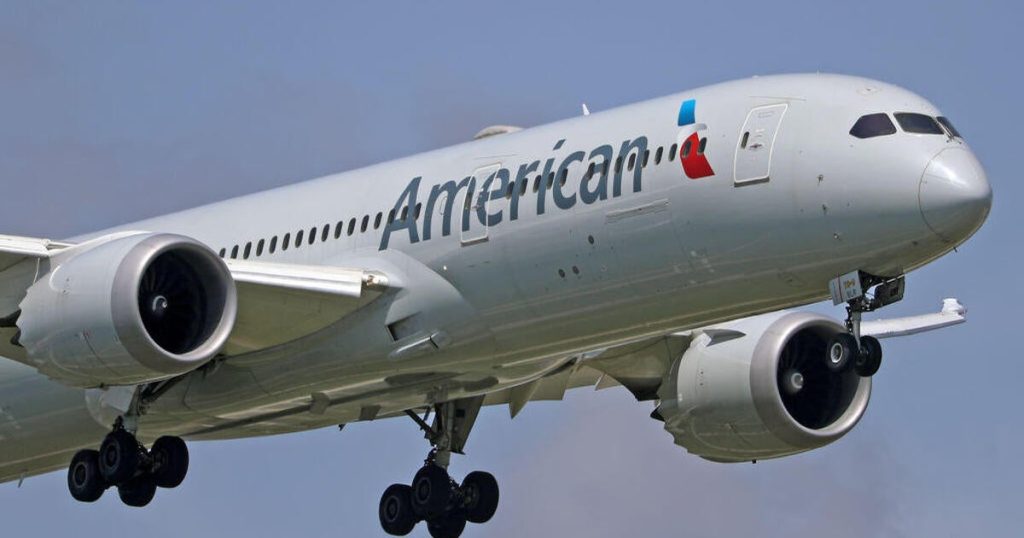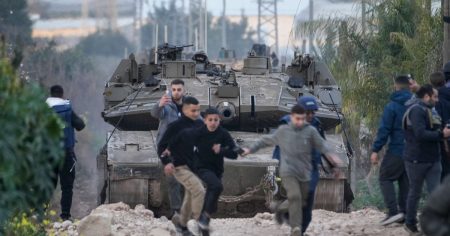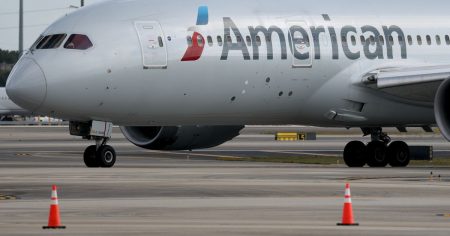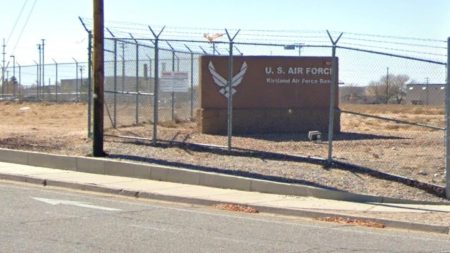American Airlines Flight Diverted to Rome Due to Security Concern
An American Airlines flight en route from New York City to New Delhi, India, was diverted to Rome on Sunday after a security concern arose during the journey. The flight, identified as AA292, was carrying 199 passengers and 15 crew members when it was forced to turn around over the Caspian Sea. The security issue, which was later deemed "non-credible" by the airline, prompted the plane to land safely at Rome’s Leonardo da Vinci International Airport (FCO).
According to a spokesperson for FCO Airport, the decision to divert the flight to Rome was made because the airport is equipped to handle such security incidents. However, officials did not provide further details about the nature of the concern. The plane was escorted by two Italian military fighter jets as it approached Rome, a standard precautionary measure in such situations. Fire trucks were stationed on the runway as the aircraft landed, but no injuries were reported, and the airport continued to operate normally.
Passenger Reactions: Fear and Confusion Aboard
Passengers on board the flight described moments of panic and confusion when the pilot announced the sudden change in plans. Neeraj Chopra, one of the travelers, recounted that the captain informed them about three hours before the scheduled landing in New Delhi that the flight needed to turn around due to a "change in security status." Chopra admitted feeling stressed and unsure about what was happening, especially when the pilot later revealed that fighter jets would escort the plane to Rome.
"I felt a little panic, like, what’s going on here?" Chopra shared with the Associated Press. "There’s got to be something bigger going on." The uncertainty left many passengers wondering about the severity of the situation, as they were not provided with detailed explanations. Despite the tension, the flight landed safely, and the crew ensured the safety and comfort of everyone on board.
Overnight Stay in Rome and Resumption of Journey
After landing in Rome, the flight remained grounded overnight to allow the crew to rest and meet legal requirements for flight hours. Passengers were accommodated in the city, and the airline worked to resume the journey as soon as possible. American Airlines confirmed that law enforcement inspected the aircraft and cleared it for departure, with the flight set to continue to New Delhi on Monday.
The airline also issued an apology to its customers for the inconvenience caused by the diversion. In a statement, an American Airlines spokesperson emphasized that "safety and security are our top priorities." This incident highlights the rigorous protocols in place to address even non-credible threats, ensuring the well-being of all travelers.
Implications for Air Travelers: Balancing Safety and Disruption
While the diversion caused significant disruption to the travel plans of passengers, it also underscored the airline industry’s commitment to prioritizing safety above all else. The presence of fighter jets and the immediate response from Rome’s airport demonstrated the level of preparedness for potential security threats. However, such incidents also raise questions about the impact on passengers, including delays, stress, and the inconvenience of unexpected layovers.
For now, American Airlines is working to get the affected travelers to their final destination as quickly as possible. The non-credible nature of the security concern may provide some relief, but it also leaves lingering questions about what triggered the alert in the first place. As the airline industry continues to navigate the complexities of maintaining safety while minimizing disruptions, incidents like this remind us of the delicate balance required to ensure the well-being of all travelers.
Conclusion: A Lesson in Vigilance and Passenger Resilience
The diversion of American Airlines Flight 292 to Rome serves as a stark reminder of the unpredictable nature of air travel and the importance of vigilance in ensuring passenger safety. While the incident caused significant inconvenience, it also demonstrated the effectiveness of emergency protocols and the cooperation between airlines, airports, and law enforcement. Passengers, though shaken, showed resilience, and the airline’s commitment to safety was evident throughout the ordeal.
As the aviation industry moves forward, such incidents will likely prompt further discussions on how to strike a balance between safety and passenger experience. For now, the safe landing in Rome and the eventual resumption of the journey serve as a testament to the system’s ability to respond to potential threats, even when they prove to be non-credible. The story of Flight 292 is one of caution, preparedness, and the enduring importance of prioritizing safety in the skies.















